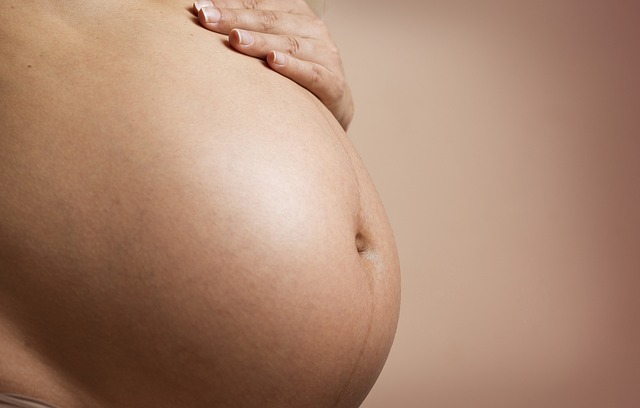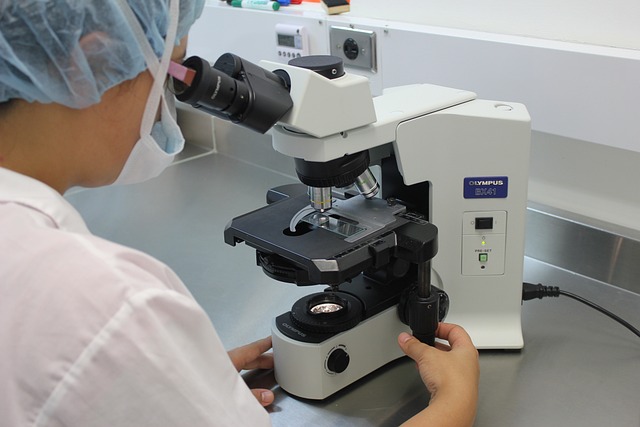
Laparoscopic Cholecystectomy: Evaluating a Protocol for Acute Complex Stone Cholecystitis
Observational and prospective study assesses the usefulness and safety of a protocol during laparoscopic cholecystectomy for acute complex stone cholecystitis, providing insights into optimal surgical management strategies for this condition.
April 2022

Surgical Management of Small Neuroendocrine Tumors of the Pancreas: Practice Patterns and Postoperative Outcomes
Practice patterns in the surgical management of small neuroendocrine tumors of the pancreas are examined, with a focus on comparing postoperative outcomes between resection and enucleation procedures to inform treatment decision-making and optimize patient care.
March 2022

Evolution of Gastrectomy for Cancer over Three Decades: Identifying Areas for Further Improvements
Evolution of gastrectomy for cancer over the past 30 years is examined to identify potential areas for further improvements and research topics, informing future developments in surgical techniques and perioperative care to enhance patient outcomes in gastric cancer treatment.
March 2022

Bilateral Mastectomy in Unilateral Breast Cancer: Addressing Societal Factors to Reduce Unnecessary Procedures
Reducing the use of medically unnecessary contralateral prophylactic mastectomy necessitates societal changes that address enabling factors at the patient, physician, cultural, and system levels, emphasizing the importance of evidence-based decision-making and shared decision-making in breast cancer treatment.
March 2022

Elective Surgery for Diverticulitis: Balancing Risks of Recurrence and Ostomy Formation
Comparative analysis of the risk of recurrence and ostomy formation in patients treated for acute uncomplicated diverticulitis informs decision-making regarding the timing and approach to elective surgery, aiming to optimize outcomes and reduce morbidity in affected individuals.
March 2022
Hip Replacement Improves Symptoms and Biomechanics: Long-Term Follow-Up Findings
Almost all patients remain sedentary despite improvements in symptoms and biomechanics following hip replacement surgery, underscoring the need for comprehensive rehabilitation and patient education to optimize functional outcomes and quality of life postoperatively.
January 2022
Chronic Pain after Inguinal Hernia Repair: Incidence and Predictors
Incidence of chronic pain after laparoscopic inguinal hernia repair is investigated, with identification of predictors for persistent pain, informing perioperative management strategies and patient counseling for hernia surgery outcomes.
December 2021

Dental Infection and Morbidity in Cardiac Valve Surgery: Preoperative Screening Recommendations
Preoperative dental screening is recommended for patients undergoing cardiac valve surgery to mitigate the risk of postoperative complications associated with dental infections, emphasizing the importance of multidisciplinary collaboration in perioperative care management.
July 2021

Abdominal Wall Defects in Neonates: Comprehensive Evaluation and Therapeutic Strategies
A comprehensive approach to neonatal abdominal wall defects involves accurate diagnosis, multidisciplinary management, and individualized treatment strategies to optimize outcomes and minimize complications in affected infants, highlighting the importance of collaborative care in neonatal surgical practice.
April 2021

Effectiveness of Surgical and Cotton Masks in Blocking SARS-CoV-2: Implications for Infection Control
Uncertainty persists regarding the effectiveness of face masks, including surgical and cotton masks, worn by COVID-19 patients in preventing environmental contamination and transmission of the virus, underscoring the need for further research and evidence-based recommendations in infection control practices.
November 2020















